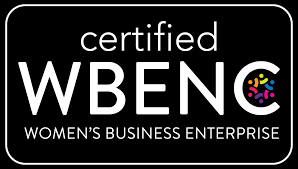Good fats, bad fats, saturated and unsaturated fats. Ever wonder what a trans fat is? It’s a relatively new term that is popping up more and more in today’s health news. And as research has shown, trans fats can be very damaging to the human body, possibly more damaging than saturated fats, if consumed in large amounts.
Trans fat starts off as an unsaturated fat, the “good fat,” but is then hydrogenated — a process in which hydrogen atoms are added to the fat molecules — to extend the shelf life of many foods. Anything deep fried, along with products such as salad oils, shortenings, crackers, baked goods, frozen meals, and most other snack foods are loaded with trans fats. Trans fats are also found naturally in small quantities in some animal foods, including beef, pork, lamb, butter and milk. But most trans fats in the diet come from the hydrogenated foods.
A number of diseases have been linked to trans fats, including heart disease (by lowering HDLs, or “good” cholesterol, and raising LDLs, or “bad” cholesterol), stroke, and breast cancer. Other negative effects include altered function of essential fatty acids, interference with pregnancy, low quality breast milk, and decreased insulin response, which is critical for people with diabetes or insulin resistance.
No one knows for sure what amount of trans fats, if any, is safe to consume. The Food and Drug Administration has mandated that as of January 2006, all food labels must list the amount of trans fats in foods. Be sure to read ingredient lists on food labels. If the words “hydrogenated” or “partially hydrogenated” are there, it means the food contains trans fats.
Sources:
Hall, Ross Hume, Ph.D. Trans Fats, The Lowdown. Retrieved January 18, 2005 from Smart Nutrition Guide.com
Payne, Cynthia RD, LD. Trans Fats 101. Retrieved January 18, 2005 from UMM.edu
Trans fat on food labels: A big help for consumers in watching their cholesterol and staying healthy, says American Dietetic Association. Retrieved January 18, 2005 from Eatright.org
Article by Allison McCall Francis, RD, LD, CNSD















